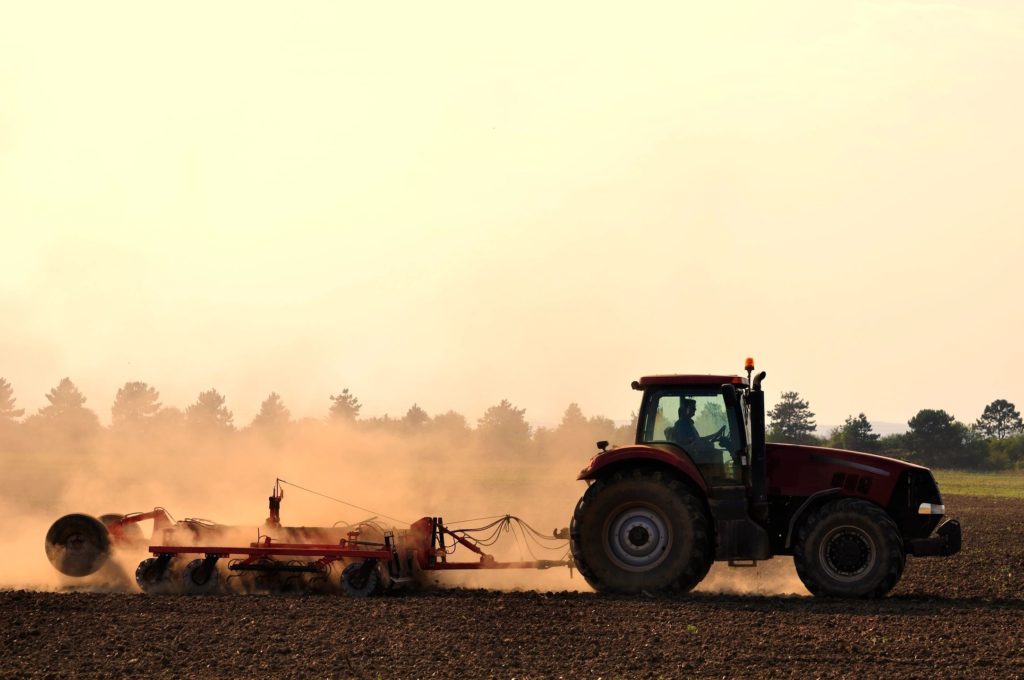Top Agricultural Considerations linked to Silage Wrapping- Preserving Feed and more
The benefits of introducing balewrapping decades ago are apparent with baled silage continuing to demonstrate its ability to provide high quality nutritious fodder. Other benefits include reducing investment costs and labour requirements while boosting feeding flexibility.
Balewrapping has been adopted on a worldwide scale, which has enabled more farmers to implement a way to cost-effectively and easily feed herds. When you have peak quality crop, bale silage makes it possible for you to harvest without depending on weather conditions. Various crops are used during the process and harvesting losses as well as feeding costs are significantly reduced.

Preserving Feed
- Silage feed during winter has been a vital resource but with the rise in animal feed costs, emphasis has been placed on the need for maximising on silage yields that are baled while taking full advantage of the summer crop.
- Correctly using stretch films of silage to wrap bales creates an airtight seal and provides the ideal environment for fermenting the crop.
- Properly cared for bales have the ability to retain oxygen-free conditions within the while storage period and ensure that the storage is preserved until feeding.
Optimal Silage
Creating ideally shaped and dense bales along with useful airtight seals are essential factors that affect good silage. From cutting to storage, the duration of baling processes provide opportunities that can lead to wastage and spoilage as a result of lack of proper care or unfavourable practices. Find out more about silage wrap here.
Features of Good Balewrap
- Selecting high quality balewrap is always an important aspect of the balewrapping process since it ensures proper protection is given.
- The features and requirements of good balewrap include superior strength, effective tack properties and adequate UV radiation protection. These important requirements give puncture resistance, airtight seal and sufficient protection from the sun.
- Quality balewrap has the ability to resist the pressure that arises while wrapping, the severe conditions that are linked to wrapping equipment operating at high speed rates, transport and storage.
- Using low quality wrap usually leads to results such as inconsistent stretching, entrance for air and lower bale density.
Moisture
Bale silage involves ensiling green feed or hay bales that contain a high amount of moisture and are placed inside airtight systems. This provides a way to preserve feed while minimising nutrient and harvest losses.
Bale silage needs the recommended amount of moisture since limited moisture results in the material becoming susceptible to yeast and mould growth. However, it is important to note that excessive moisture can lead to a longer period of fermentation and leaching that creates larger protein and energy losses.
Sealing
Wrapping bales in a timely manner is essential with the recommended number of hours required for bales to sit prior to wrapping. Allowing too much time to pass may end up spoiling the bales rather than fermenting.
Fermentation Process
Placing feed material in silage bags seals the system and oxygen is consumed by plant respiration while some of the plant sugars burn. This produces heat and carbon dioxide. Anaerobic bacteria starts to grow and fermentation begins when the oxygen is completely used up. The process of fermentation is typically completed within a few weeks and opened for feeding.













